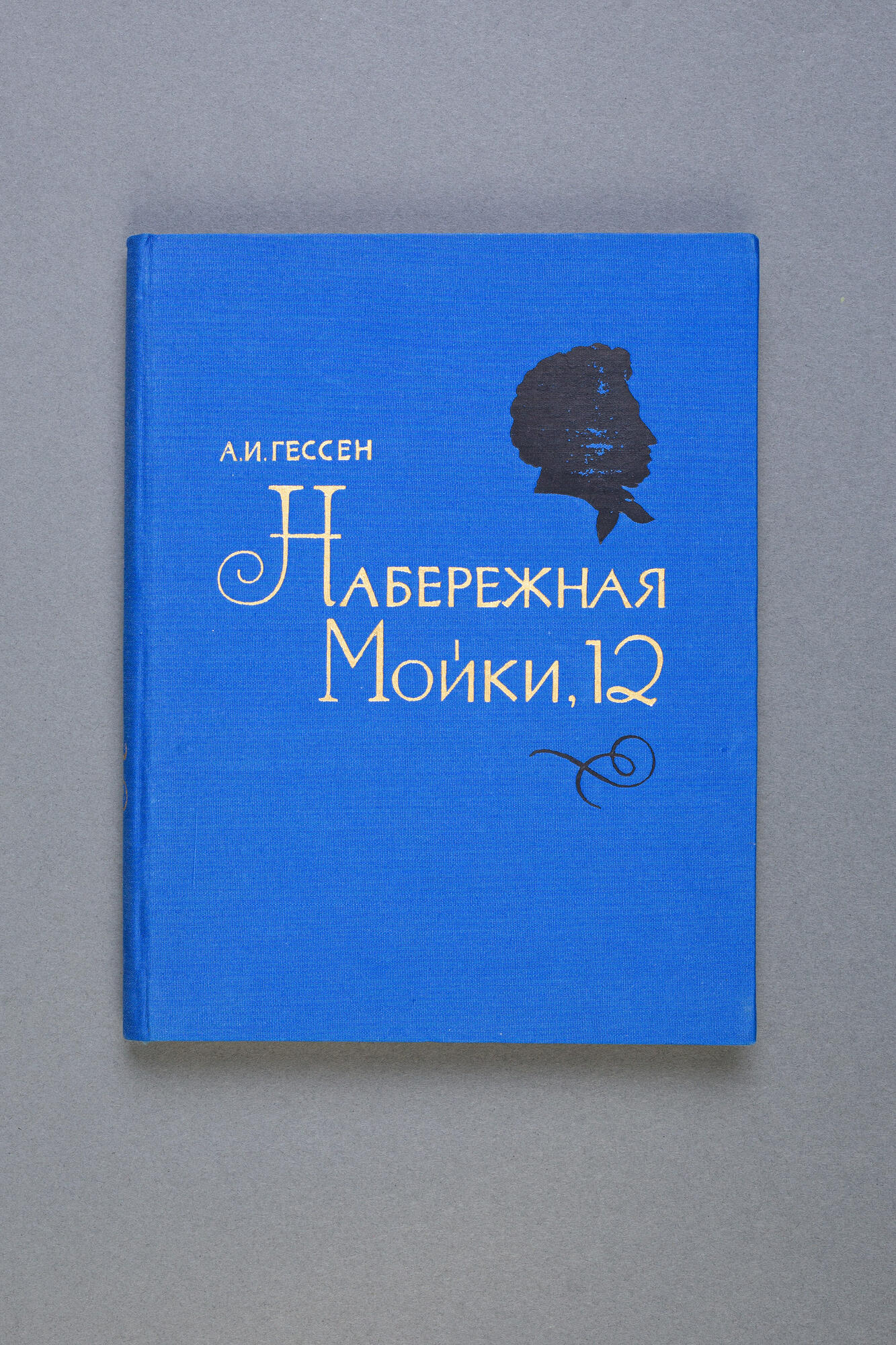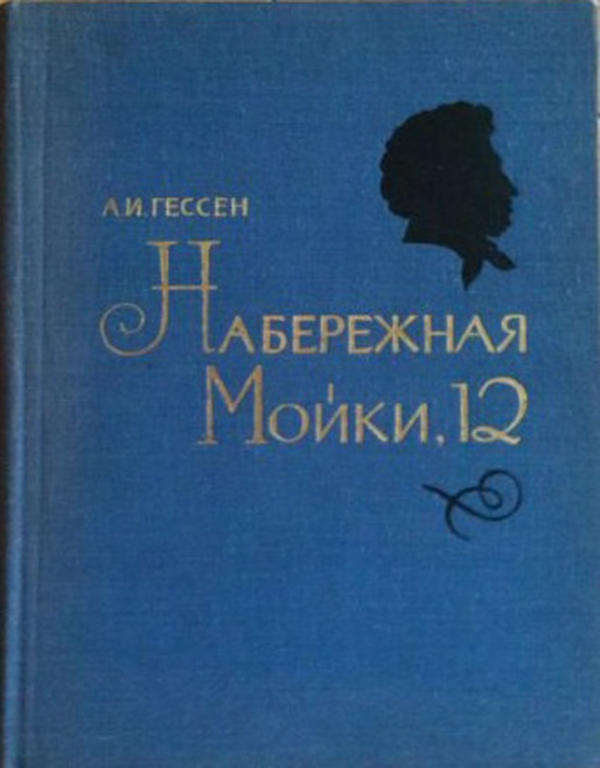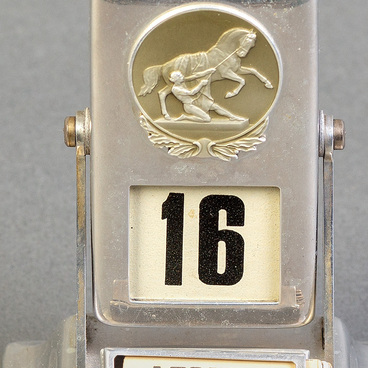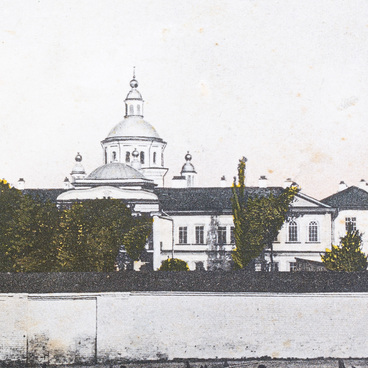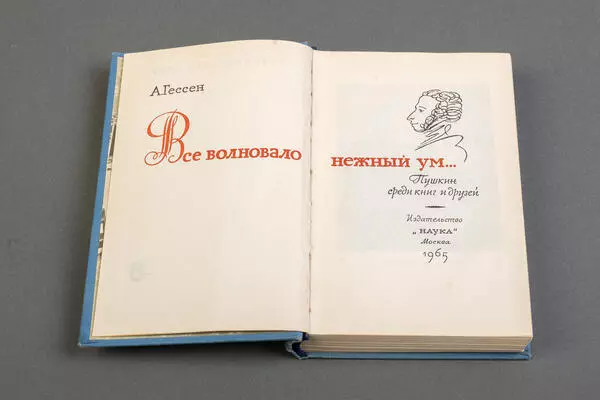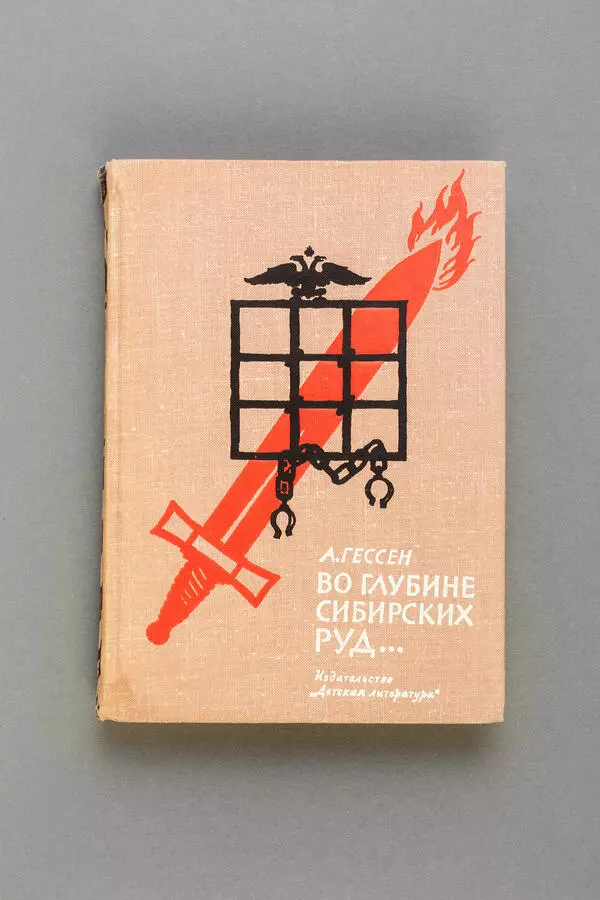The title of the book “12, Moyka River Embankment” — the first book about the poet by the Pushkinist writer Arnold Ilyich Gessen — is the last address where Alexander Sergeyevich Pushkin lived.
Over the years of his work in periodicals, Gessen became known as a talented journalist, but it was his books, dedicated to people of Pushkin’s circle and the poet himself, that brought him true renown.
On October 15, 1900, a monument to Alexander Sergeyevich Pushkin was unveiled in Tsarskoye Selo. The editorial staff of the “Rossiya” newspaper asked the novice reporter Arnold Gessen to cover this event. Gessen himself did not view his first experience as successful, but this sketch was the writer’s first step toward the Pushkin studies, and the event also gave him the opportunity to meet the poet’s son, Alexander Alexandrovich Pushkin.
Another significant acquaintance was made at a meeting of the Geographical Society. There Gessen met the oceanographer Yuly Mikhailovich Shokalsky, who knew Pushkin’s youngest son and Russian officer Grigory Alexandrovich Pushkin. In addition, Shokalsky’s mother, Yekaterina Yermolayevna, turned out to be the daughter of the poet’s friend Anna Petrovna Kern.
The trip that Gessen took to the Pskov region in the summer of 1932 helped him to further immerse himself in the atmosphere of the poet’s life and work. There, he visited the estates of Mikhailovskoye and Trigorskoye. The first belonged to the poet’s great-grandfather Abram Petrovich Gannibal, and the second — to a good friend of Pushkin’s, Alexey Nikolayevich Woolf.
The visit to the poet’s last apartment in Leningrad played a decisive part in Arnold Gessen’s deep studying of the Pushkin archives.
The book “12, Moyka River Embankment. Alexander Pushkin’s Last Apartment” was written at the request of the editor of “Detskaya Literatura” and published in 1961.
Introducing the reader to the exhibits of the memorial museum, the author described the last years of Alexander Pushkin’s life, the origins of his later works, the background and circumstances surrounding the duel and his tragic death, his relationship with the secular society of Saint Petersburg, and the nation-wide grief following the poet’s death.
The lively details and vivid narration captivated school-age readers, helping them discover the Russian classic’s legacy. The book was reprinted three times in the first three years after its release.
Over the years of his work in periodicals, Gessen became known as a talented journalist, but it was his books, dedicated to people of Pushkin’s circle and the poet himself, that brought him true renown.
On October 15, 1900, a monument to Alexander Sergeyevich Pushkin was unveiled in Tsarskoye Selo. The editorial staff of the “Rossiya” newspaper asked the novice reporter Arnold Gessen to cover this event. Gessen himself did not view his first experience as successful, but this sketch was the writer’s first step toward the Pushkin studies, and the event also gave him the opportunity to meet the poet’s son, Alexander Alexandrovich Pushkin.
Another significant acquaintance was made at a meeting of the Geographical Society. There Gessen met the oceanographer Yuly Mikhailovich Shokalsky, who knew Pushkin’s youngest son and Russian officer Grigory Alexandrovich Pushkin. In addition, Shokalsky’s mother, Yekaterina Yermolayevna, turned out to be the daughter of the poet’s friend Anna Petrovna Kern.
The trip that Gessen took to the Pskov region in the summer of 1932 helped him to further immerse himself in the atmosphere of the poet’s life and work. There, he visited the estates of Mikhailovskoye and Trigorskoye. The first belonged to the poet’s great-grandfather Abram Petrovich Gannibal, and the second — to a good friend of Pushkin’s, Alexey Nikolayevich Woolf.
The visit to the poet’s last apartment in Leningrad played a decisive part in Arnold Gessen’s deep studying of the Pushkin archives.
The book “12, Moyka River Embankment. Alexander Pushkin’s Last Apartment” was written at the request of the editor of “Detskaya Literatura” and published in 1961.
Introducing the reader to the exhibits of the memorial museum, the author described the last years of Alexander Pushkin’s life, the origins of his later works, the background and circumstances surrounding the duel and his tragic death, his relationship with the secular society of Saint Petersburg, and the nation-wide grief following the poet’s death.
The lively details and vivid narration captivated school-age readers, helping them discover the Russian classic’s legacy. The book was reprinted three times in the first three years after its release.
